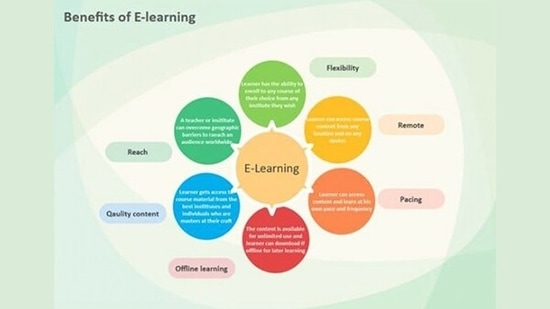Online teaching and learning offer various benefits and challenges that impact teachers and students differently. Geographically, financially, and mentally, online education has a significant impact.
Online teaching enables instructors to reach a global audience without being tied to a specific location. Teachers can connect with students from different regions, promoting a diverse learning environment. Students have the flexibility to access educational resources and participate in classes from anywhere in the world. This benefit is beneficial for those who cannot attend traditional classes due to geographical constraints.
Online teaching can also reduce the need for physical classroom space, saving on facility costs. Teachers may also save on commuting expenses and accommodation if they can work remotely. For students, online learning eliminates the need to commute, saving them money on transportation and accommodation expenses. Online resources are often available for free or at a lower cost than traditional textbooks, providing a more cost-effective alternative.
Online platforms provide access to many teaching resources, tools, and collaboration platforms that enhance the learning experience. Teachers can leverage multimedia content and interactive tools to enhance the learning experience. This way, students can access a wide range of educational materials, digital libraries, and interactive tools, fostering self-directed learning and allowing students to explore topics in depth.
However, online teaching presents challenges. Sometimes, scheduling classes and providing timely feedback can be challenging for teachers dealing with students from different time zones. Cultural differences may also impact communication and understanding. Unequal access to high-speed internet and technology can create a digital divide, making it difficult for some students to participate in online classes.
Institutions must continually adapt strategies to overcome these challenges to ensure an inclusive and effective educational experience for teachers and students. Teachers and institutions should provide support to create a diverse and global online learning community. With a more inclusive and effective learning environment, online teaching and learning can unlock their full potential, providing benefits beyond the traditional classroom.


